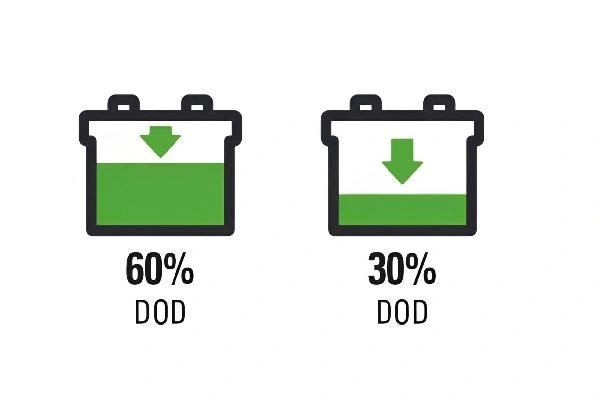
The Importance of Depth of Discharge (DoD) in Lead-Acid Batteries
Introduction Depth of Discharge (DoD) indicates how much energy is drawn from a battery compared

Introduction Depth of Discharge (DoD) indicates how much energy is drawn from a battery compared

Introduction Temperature plays a vital role in determining the efficiency, capacity, and lifespan of lead-acid
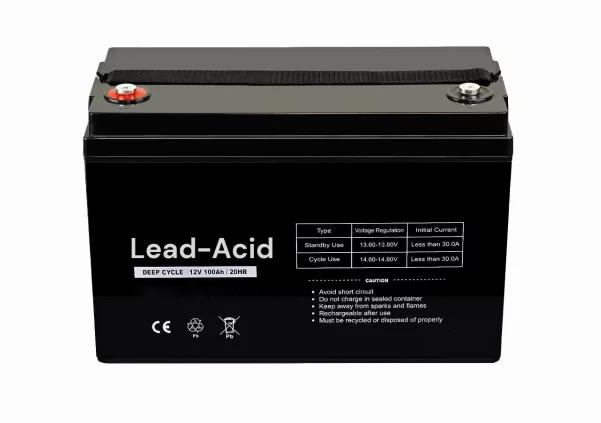
Introduction Cycle life defines how many charge-discharge cycles a battery can perform before its capacity

Introduction Internal resistance (IR) is a lesser-known but powerful parameter for assessing battery efficiency and
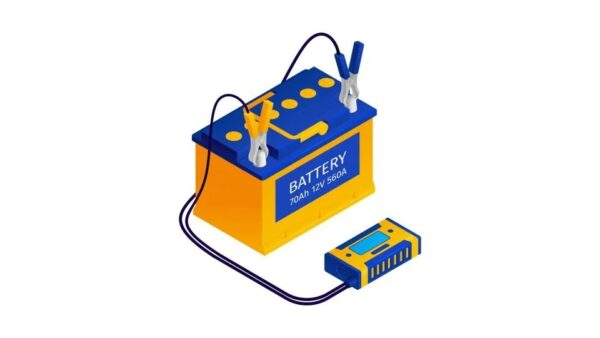
Voltage is a core indicator of a lead-acid battery’s state of charge (SOC) and overall

Introduction The capacity of a lead-acid battery is one of the most critical parameters that
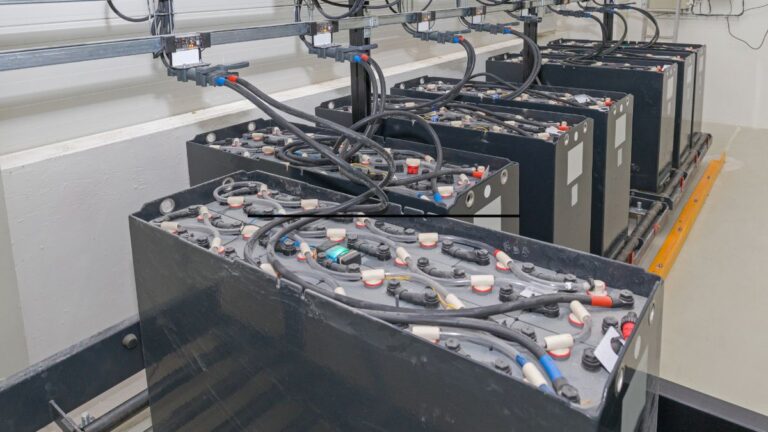
Meta Description: A complete guide to long-term winter storage for lead-acid batteries, covering charging, inspection,

Meta Title: How to Protect Lead-Acid Batteries from Freezing in WinterMeta Description: Freezing can destroy

Meta Title: Preventing Sulfation in Lead-Acid Batteries During Cold StorageMeta Description: Learn how to prevent
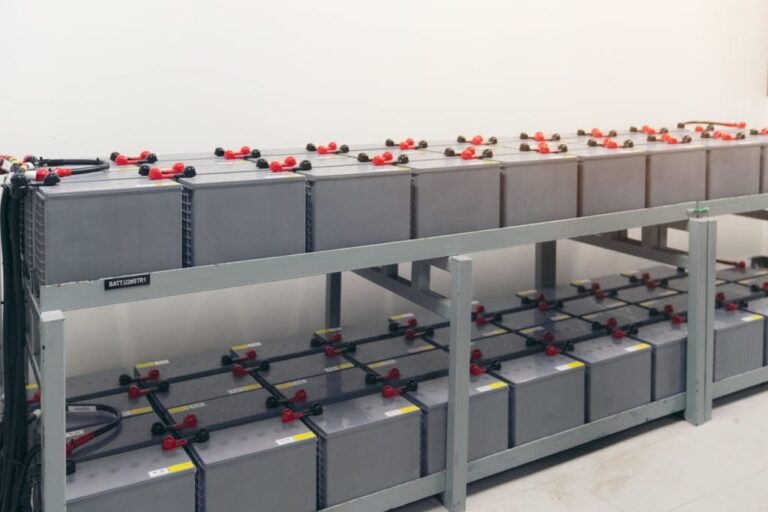
Meta Title: Top 5 Winter Storage Tips for Lead-Acid BatteriesMeta Description: Protect your lead-acid batteries